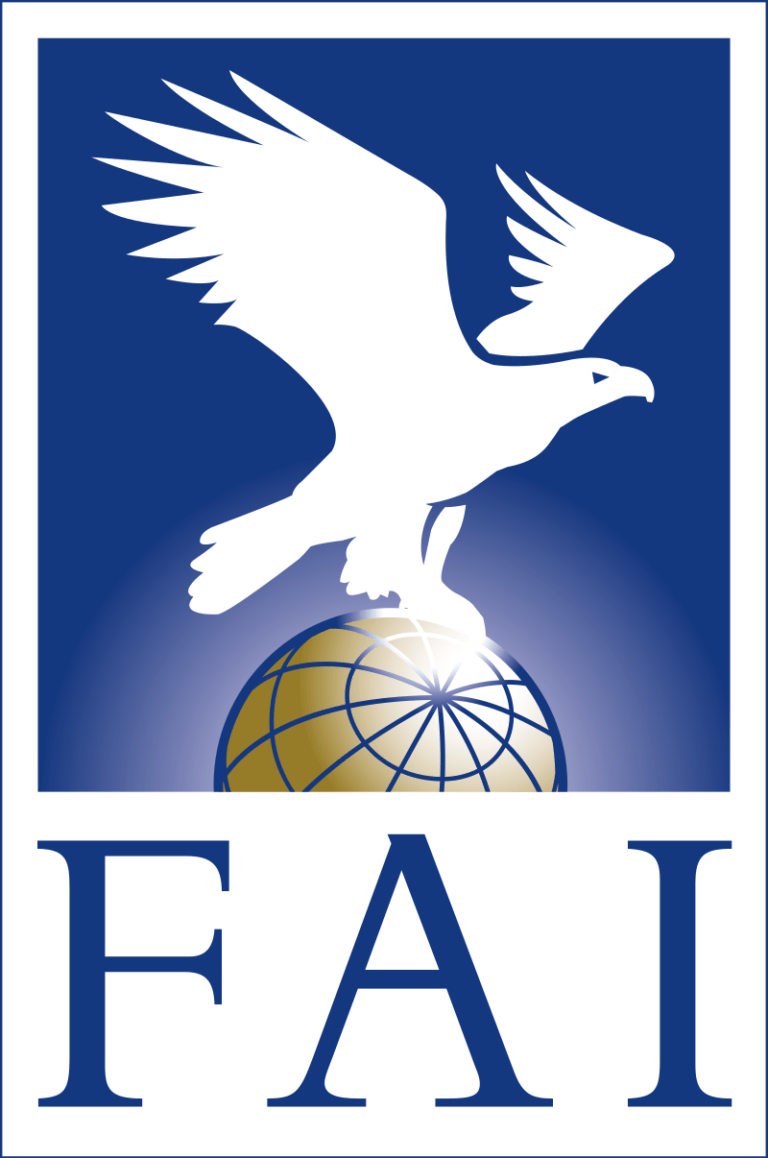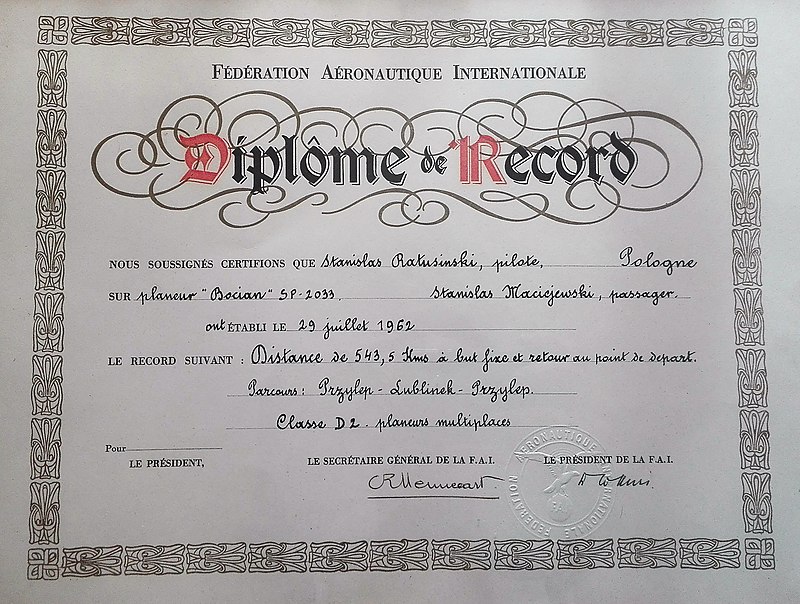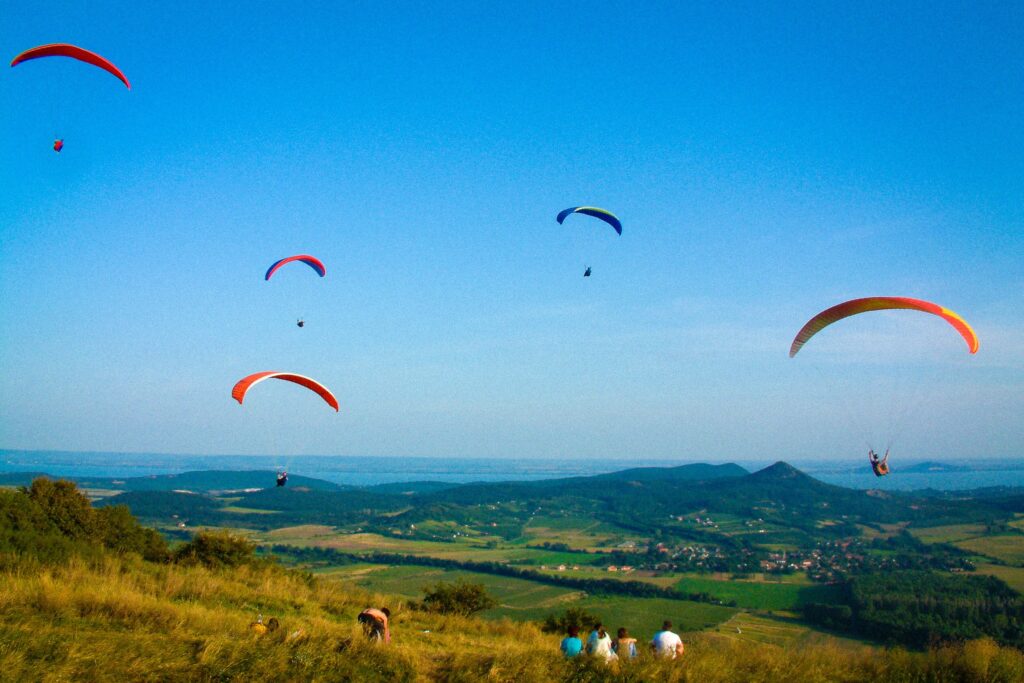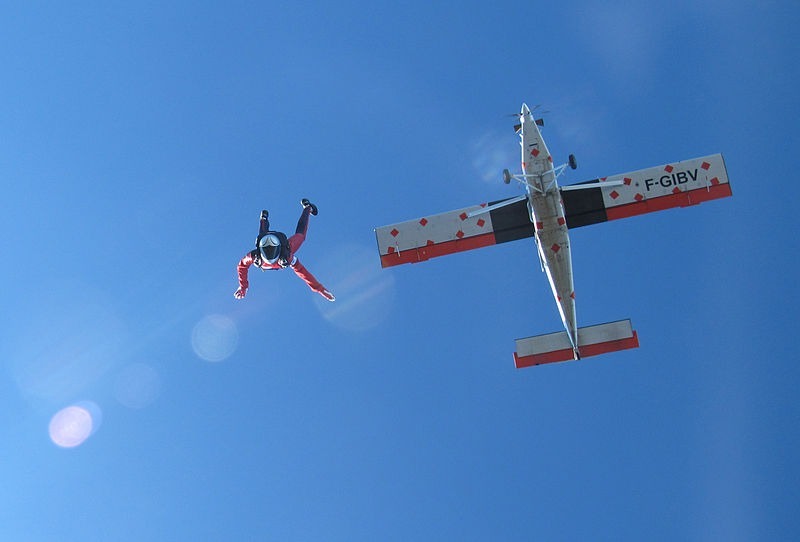When it comes to flying records, the Fédération Aéronautique Internationale (FAI) is frequently recognized. In English language, this name stands for World Air Sports Federation.
A record isn’t officially confirmed until the FAI confirms it. The organization significantly impacts aviation as the world’s leading authority on all air sports.
The FAI was established in 1905 as a non-profit and non-governmental international organization with the primary goals of advancing aeronautical and astronautical activities worldwide, approving world and continental records, and organizing international competitions. The FAI is recognized by the International Olympic Committee (OIC).
After more than a century of consistent expansion, FAI has grown to an organization with more than 90 members, creating a powerful network that connects everyone who participates in air sports across the world.
FAI Activities
Establishing regulations for the management and certification of global aeronautical and astronautical records is one of the tasks of the FAI. FAI also provides rules for air sporting events that are put on by members all over the world. Additionally, FAI supports aeronautical proficiency, ability, and safety. For work done on the restoration of vintage aircraft, as well as for contributing to the attainment of these goals, FAI confers medals, certificates, and other prizes.
FAI brings together participants in air sports from all over the world to accomplish these objectives. They like flying microlights together, enjoying the thrill of parachuting and ballooning, and practicing aerobatic skills.
Every air sport under the FAI has its own International Commission, which is in charge of setting the regulations for tournaments and generally directing the operations of that specific air sport.
The FAI Air Sport Commission oversees all FAI competitions, championships, and record-setting events.
The delegates themselves follow all the regulations, norms, or suggestions that the Commissions adopted during their annual meetings with members who require assistance growing their air sports at the national level.
FAI Mission and Vision
The Federation’s mission and vision statements help it in setting priorities for its strategies and advancing gradually toward its goals. They complete and summarize the FAI goals as they are stated in the statutes.
The FAI’s mission statement, “FAI – the international organization for the promotion of aviation and leisure flying,” outlines the organization’s purpose and should be used as a general guide for setting priorities and carrying out tasks and duties.
In the Federation’s efforts, the following long-term desired change is outlined in the Vision Statement: “A future where leisure and air sports can be safely practiced is affordable and accessible to everybody.”
Looking Back
The pioneering flights made by aviators like Clement Ader, the Wright Brothers, and Santos-Dumont, the proliferation of aeronautical competitions, and the increasingly quickening pace of technological advancements at the turn of the 20th century marked the true beginning of the modern aviation era.
A small number of men realized that a worldwide federation was increasingly necessary to organize and guide the fast-expanding aeronautical activity.
Count Henri de la Vaulx, Vice President of the Aero Club of France, Major Moedebeck, President of the German Airship League, and Fernand Jacobs, President of the Aero Club of Belgium, presented their idea for a “Fédération Aéronautique Internationale” to the Olympic Congress of Brussels on June 10, 1905. The delegates enthusiastically embraced the concept, and as a sign of their approval, the Olympic Congress passed a resolution recognizing the special importance of aeronautics, expressing the desire that in every country, an association be created that would regulate the sport of flying and that thereafter there be organize a Universal Aeronautical Federation that would regulate the various aviation meetings and further advance the science and sport of Aeronautics.
An international aviation conference was held in Paris on October 12, 1905. The delegates of Belgium, France, Germany, Great Britain, Italy, Spain, Switzerland, and the USA accepted the whole set of proposed Statutes following two days of discussion. On October 14, 1905, the Fédération Aéronautique Internationale was established. The FAI’s founding rules stated that one of its key objectives was to compile a comprehensive list of the finest performances ever made so that everyone would be aware of them. Additionally, it seeks to identify what makes them unique in order to allow for comparisons, validate data, and guarantee that record-holders have uncontested claims to their titles.
The FAI’s Statutes, which are more than a century old and steadfast to the judgments of its founding fathers, nevertheless represent the goals outlined in 1905 since those ideas are still applicable.
However, the FAI’s area of influence has expanded and is still growing due to the emergence of new technology, cutting-edge gear, and totally new air sports disciplines. In order to reflect changes in society and the expectations of individuals who participate in air sports, new objectives are introduced.
The primary goal of FAI is to promote sport aviation and astronautical endeavors on a global scale.
FAI Objectives
The present Statutes provide a detailed description of its particular objectives:
1. To demonstrate the fundamentally global nature of aeronautics as a potent tool for fostering friendship and understanding among all people, regardless of political, racial, or religious considerations, contributing to the development of an improved and more peaceful world.
2. To host international competitions that unite the world’s athletes in the air sports.
3. To teach young people about mutual understanding and camaraderie via sports.
4. To coordinate the many initiatives of its members to advance aviation and space exploration globally.
5. To defend and protect its members’ interests in the utilization of air space.
6. To offer a venue for the discussion of shared issues and information sharing with other civil aviation elements.
The FAI’s organizational structure is constantly changing in order to achieve these goals and cater to the requirements of each air sport and region of operation. New Commissions are occasionally formed.
The FAI Components
1. The General Conference, which is the highest policy-making body and establishes the FAI Statutes and By-Laws, which serve as the organization’s cornerstones.
2. The FAI’s Executive Board, which serves as the organization’s chief executive body and is in charge of carrying out the decisions of General Conference and overseeing day-to-day operations.
3. Twelve Air Sport Commissions that, in addition to the General Commission, represent all 11 air sport disciplines governed by the FAI, including skydiving, ballooning, drones, hang gliding, and paragliding; amateur-built and experimental aircraft; astronautics records; and gliding.
4. Three Technical Commissions oversee education, medical-physiological research, and environmental concerns.
Environmental Awareness
The environmental effect of the air sports community is quite negligible on a worldwide basis, thanks to the equipment’s lengthy life. However, this does not negate the necessity for further efforts to lessen it or change how it is seen by the public. One of the goals of the FAI, which serves as the world’s governing body for air sports, is to find ways to lessen any adverse effects that air sports may have on people, wildlife, and the environment while preserving the right of aviation enthusiasts and fans to continue participating in their preferred disciplines.
The organization educates pilots and other air sports participants on environmental concerns in aviation and promotes sustainable practices. The FAI Environmental Commission is also in charge of keeping an eye on how air sports affect the environment and making recommendations for improvement when necessary.
Greener and Cleaner
Technology advancements are enabling air sports to become cleaner and more environmentally friendly, from solar-powered aircraft to electric-powered paramotors. The FAI makes a lot of effort to modify its sports code and establish new records to take these developments into account. The Federation honors those behind inventions that enable air sports to become more ecologically friendly, continuing its long history of promoting innovative technology. For instance, Klaus Ohlmann was awarded the Angelo d’Arrigo Diploma in 2018 for his assistance with both glider and electric flight in recent years, as well as his knowledge of the subject and his realistic assessment of problems and solutions in this area.
Green Standard
The FAI is now working on implementing a “green” standard for the hundreds of air sports competitions it organizes and sponsors annually. This effort, created by the Environmental Commission, intends to send out a clear statement about the FAI’s approach to event organization and administration while also ensuring that all effect reduction criteria are taken into account.
Conclusion
Human flight was only made feasible and progressed to its present stage because aviation pioneers had the courage and vision to use the most cutting-edge technologies available at the time. Today, fascinating new sports are drawing a whole new generation of air sports enthusiasts as the world of competitive air sports continues to change. In order to inspire individuals all over the world to go to the skies and to help those who have already experienced the thrill of air sports, the FAI must embrace these new disciplines, as is using modern technology, such as social media and video streaming, to promote our love of aviation around the world.





